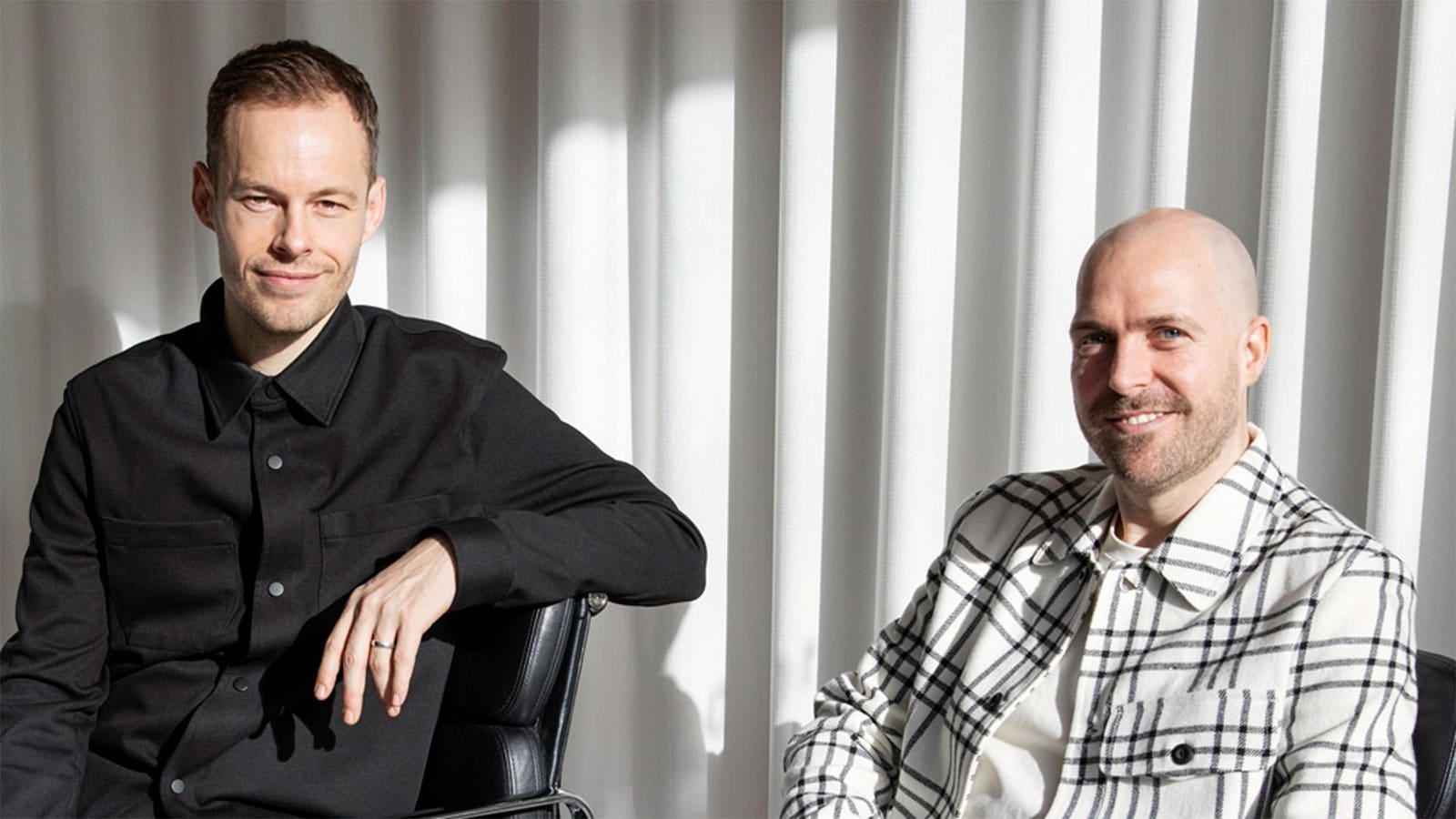There’s that famous line in the first episode of The Sopranos, where Tony laments his place in the timeline. “Lately I’m getting the feeling,” he confides, “that I came in at the end. The best is over.” I know Tony was talking about…
Apple’s upcoming iPhone 18 could feature 50% more memory than its predecessor, according to Korea’s The Bell.
With its latest iPhone lineup, the iPhone Air, iPhone 17 Pro, and iPhone 17 Pro Max feature 12GB of memory. This is a significant…









